Good Madam Movie Review, Ending Explained & Themes Analysed: In ‘Good Madam’ (‘Mlungu Wam’ in Xhosa language), South African Director Jenna Cato Bass has found horror the perfect medium to portray the cruel transgression that was Apartheid. And how its legacy still dictates the dichotomy of societal privileges in contemporary South Africa. Bass’ direction has horror generated through continued suffocation by the story’s surroundings. For those who have seen it, this film might remind you of the Malayalam film directed by Jeo Baby, ‘The Great Indian Kitchen’. In ‘Good Madam’, it is racial inequality that needs an exorcism, as patriarchy did in the case of ‘The Great Indian Kitchen.’
Bass finds the perfect middle ground between societal message and genre tropes in this horror. She intended this film to be a mirror of South Africa’s Apartheid past, as well as the present. But, she also infuses plenty of disconcerting tropes that would have the casual horror fans invested. She achieves this by unsettling you, instead of shocking you. With the help of her sound designer, she paints contrast in the atmosphere. The montage of neatly stacked chintz cups, and photos on mantelpieces are juxtaposed with shots of the drudgery of scrubbing and cleaning; to great effect.
The two lead actors, Chumisa Cosa and Nosipho Mtebe, work wonders in their mother-daughter conflicts. They provide two different perspectives. One is of rebellion and another of tacit acceptance of the situation. In the end, both influences each other just enough.
Good Madam Movie Summary & Plot Synopsis:
When Tsidi (Chumisa Cosa) has to leave her grandmother’s house, after the death of the latter, she has no option but to live with her mother, Mavis (Nosipho Mtebe). Tsidi clearly does not cherish her new accommodation, despite the luxurious comfort of the house, something her young daughter Winnie (Kamvalethu Jonas Raziya) does cherish. The simple reason for Tsidi’s discomfort is that the house belongs to Diane, the white employer of Mavis with a ‘Rebecca’-esque aura.
For Mavis has devoted her entire life to housekeeping Diane’s home. Something she does not regret, much to the chagrin of her daughter Tsidi. Now, even when Diane is bed-ridden and does not leave her room, Mavis keeps the house running, while not indulging much in any of the facilities. Her room is small and devoid of any luxury. The contrast is too stark to not feel uncomfortable about.
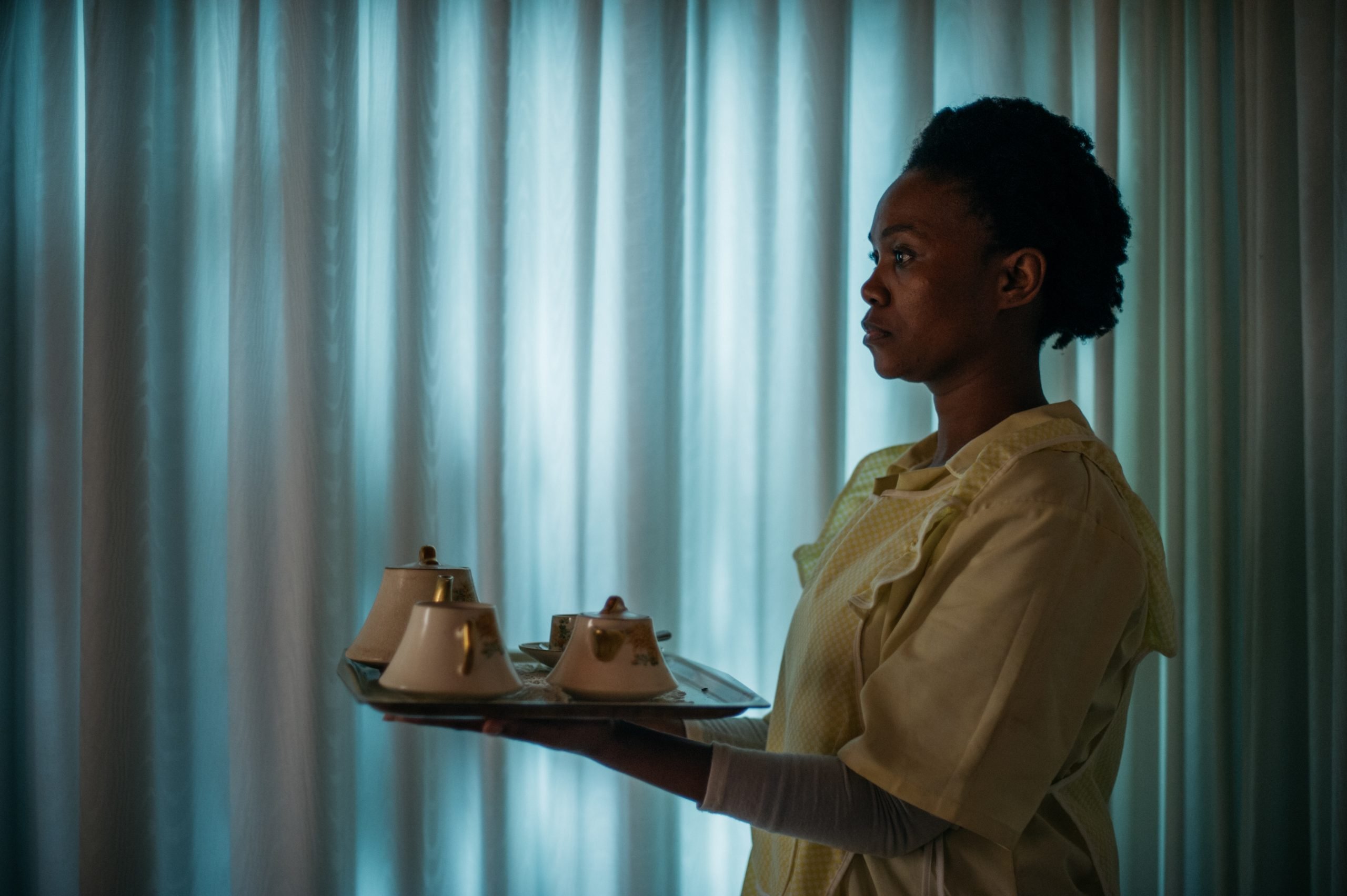
As Tsidi starts to spend more time in the house, she starts to notice the eeriness the house effuses. Although Diane never leaves the room, her palpable foreboding presence is always felt. Tsidi begins to hallucinate quite often. Nightmares start to creep over the line that separates them from reality. Tsidi also discovers, from Mavis and from old photographs, that the servants of this house were buried together with their masters.
As things start to unravel for Tsidi, Gcinumzi visits the house. Gcinumzi is the half-brother of Tsidi. Unlike Tsidi, Gcinumzi has been brought up with his mother, Mavis, in Diane’s house. Not only that, he is sort of adopted by Diane and her family. He even has a white name, ‘Stuart’. It becomes evident that Tsidi, perhaps with a hint of jealousy, does not agree with the life ‘Stuart’ is living. It is understandable that Tsidi did not want to forego her black identity for the prize of living in Diane’s house.
And perhaps her disdain towards her half-brother, towards Diane, and above all, to that house is something that makes the house also detest her. As Diane’s health deteriorates, it seems that the house and the never-fading shadow of Diane is going to consume Tsidi, both literally and figuratively.
Good Madam Movie Themes Explained:
The Horrors of Apartheid:
Apartheid was and still is one of the major blots of history on humanity on this planet. The blatant disregard of another human being based on skin color is something that cannot, and should not, be easily forgotten and forgiven. Tsidi is the embodiment of that remembrance. Diane’s house is the perfect metaphor for South Africa, both of the past and of the present. The house is erected, and kept alive by the labors of its ‘servants’, from the black community. However, the vast luxuries of the house are enjoyed by the ‘owners’ only, from the white community.
This comparison with Apartheid is intended and even mentioned by Tsidi in the story as she chastises Mavis. The small room assigned for Mavis exists as a reward as if catering to Diane is in itself a prize. It is comparable to the supposed gifts of colonialism. Gcinumzi is granted owner status, only after the Anglicisation of his name. Tsidi’s resistance to be engulfed by the house and Diane, and thus convincing Mavis to join her cause as well, could be drawn parallel with the decade-long fight against Apartheid. Spearheaded by Nelson Mandela.
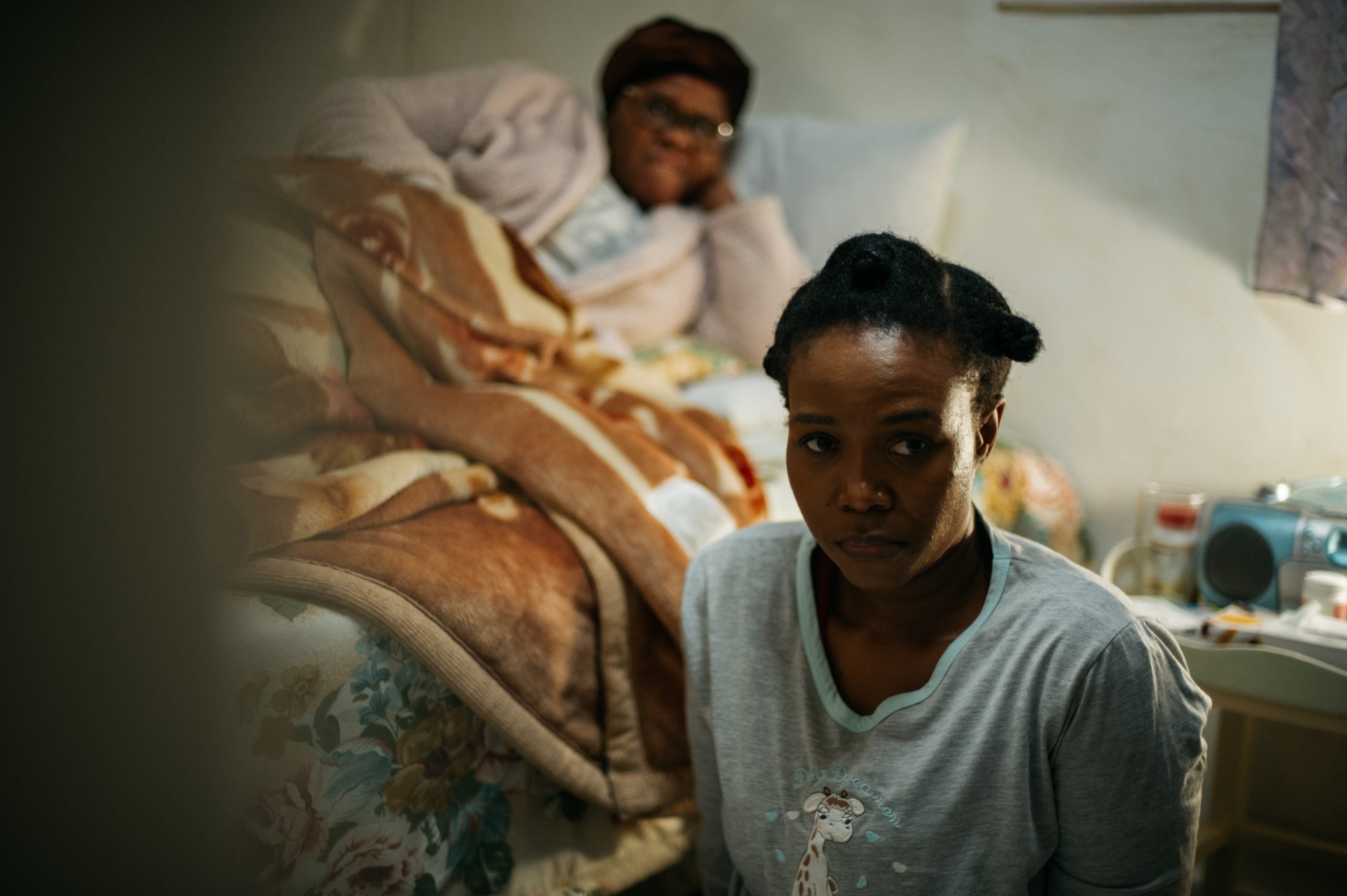
Good Madam Movie Ending Explained: Did Gcinumzi die?
As Diane’s health deteriorates, the film completely embraces its supernatural roots. There seems to be a spell that binds the black servants to the servitude of their white employers. Diane being the last owner of the house, needs to remain alive. In the end, Diane’s unseen spectral form finally comes into view. As Gcinumzi prepares to make Tsidi the next sacrifice for his adoptive mother, Mavis finally breaks free of the spell. Her love for Tsidi finally helps her stand against Diane.
In the final scuffle, where he tried to cut Tsidi’s hands, only to be stopped by Mavis, Gcinumzi gets himself killed. Diane’s ghostly form tries to take Tsidi nonetheless. Mavis puts a stop to that as well and manages to subdue Diane. A couple of days later, we see Mavis and Tsidi, along with Winnie, having tea in chintz cups of Diane. While Diane has been stowed away in the small room that was previously assigned to Mavis.
Diane still lives, but not to enjoy the labors of Mavis. But to be an excuse, an official formality so that Mavis and Tsidi can continue to live in that house. How it works as a metaphor, you can figure that out.


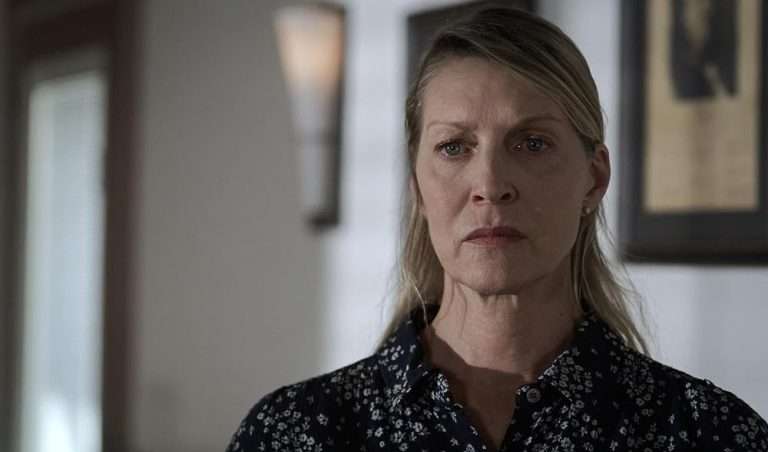
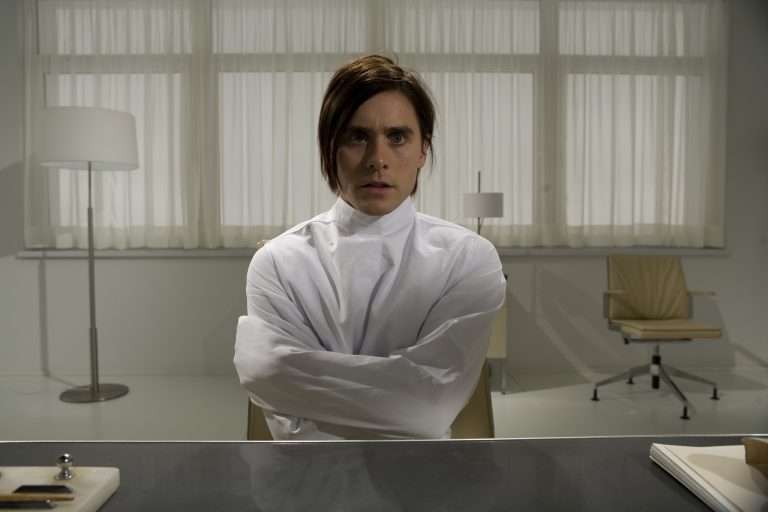
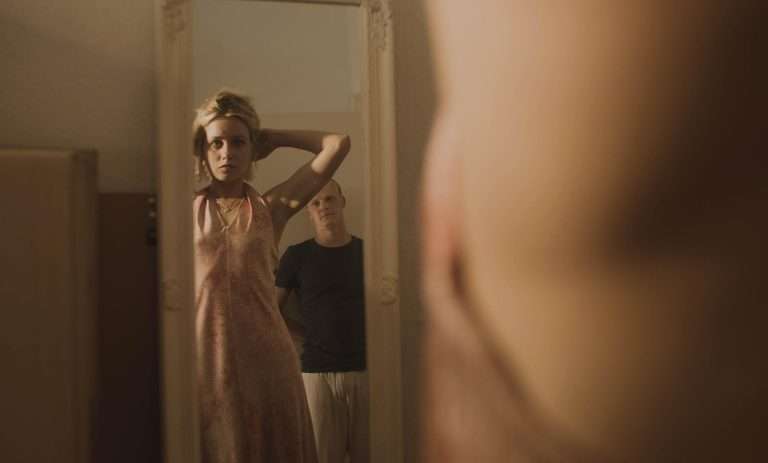

![Family Pack [2022] ‘Prime Video’ Review : Avoid meeting this Family](https://79468c92.delivery.rocketcdn.me/wp-content/uploads/2022/02/Family-Pack-2022-768x324.jpg)
